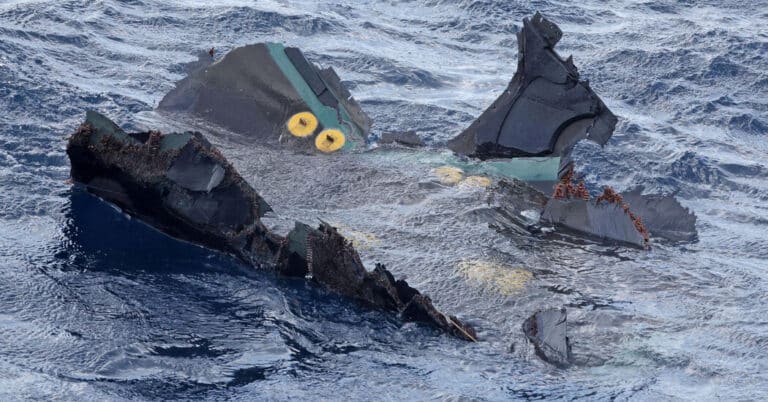The U.S. Air Force said on Monday that the bodies of five crew members had been found alongside the wreckage of a CV-22 Osprey that went down during a routine training exercise last week in southern Japan.
Two crew members remain unaccounted for, and the remains of one had been discovered on Wednesday, the day of the crash. Over the weekend, the Air Force identified that airman as Staff Sgt. Jacob M. Galliher, 24. The body of Sergeant Galliher, a young father who went by the first name Jake, had been found by the Japan Coast Guard.
Pieces of the fallen aircraft had been located on the ocean floor on Wednesday less than a mile from the Japanese island of Yakushima, according to the Japan Coast Guard. The U.S. Air Force said that a breakthrough in the five-day search came on Monday, when a combined Japanese and American team found the Osprey’s fuselage.
On Friday, Japan’s defense minister, Minoru Kihara, said he had met with Lt. Gen. Ricky Rupp, the commander of United States Forces Japan, and asked that all Osprey flights not related to search and rescue activities be suspended until the aircraft’s safety could be confirmed.
“The Ministry of Defense and the Ministry of Foreign Affairs will continue to make various appeals to the U.S. side to ensure the safety of the Osprey,” Japan’s chief cabinet secretary, Hirokazu Matsuno, said at a news conference on Friday.
For now, the United States is continuing to operate the Ospreys in Japan while search and rescue operations and an investigation continue, the Pentagon’s deputy press secretary, Sabrina Singh, said at a news conference on Thursday.
The CV-22s, operated mainly by the Air Force, have been stationed in Japan since 2018. The aircraft that crashed on Wednesday was based at Yokota Air Base in Tokyo and assigned to the Air Force’s 353rd Special Operations Wing, the Pentagon said. Six CV-22s are based at Yokota.
The Osprey, made by the American aerospace companies Bell Textron and Boeing, is a uniquely complex aircraft. With two rotor blades above extended wings, it can take off and land vertically and can glide like a fixed-wing aircraft, which means pilots need mastery of flying both helicopters and airplanes.
The aircraft’s history of accidents has prompted concerns about its safety. As of the beginning of November, 53 deaths had been linked to Osprey accidents since the Marine Corps began using the aircraft in the early 1990s, according to the Aviation Safety Network of the Flight Safety Foundation. Three months ago, three U.S. Marines died in an Osprey accident during a training exercise in Australia.
In the first major accident in Japan involving the aircraft, an Osprey crash-landed in the sea off the southern island of Okinawa in December 2016, prompting the U.S. military to ground its entire fleet of Ospreys for about a week. When flights resumed, local residents and the governor of Okinawa were angered, and Japan’s defense minister urged the U.S. military to take preventive measures.
The last deadly U.S. military aircraft accident in Japan was in December 2018, when a KC-130 Hercules and an F/A-18 Hornet crashed, killing at least five Marines.


